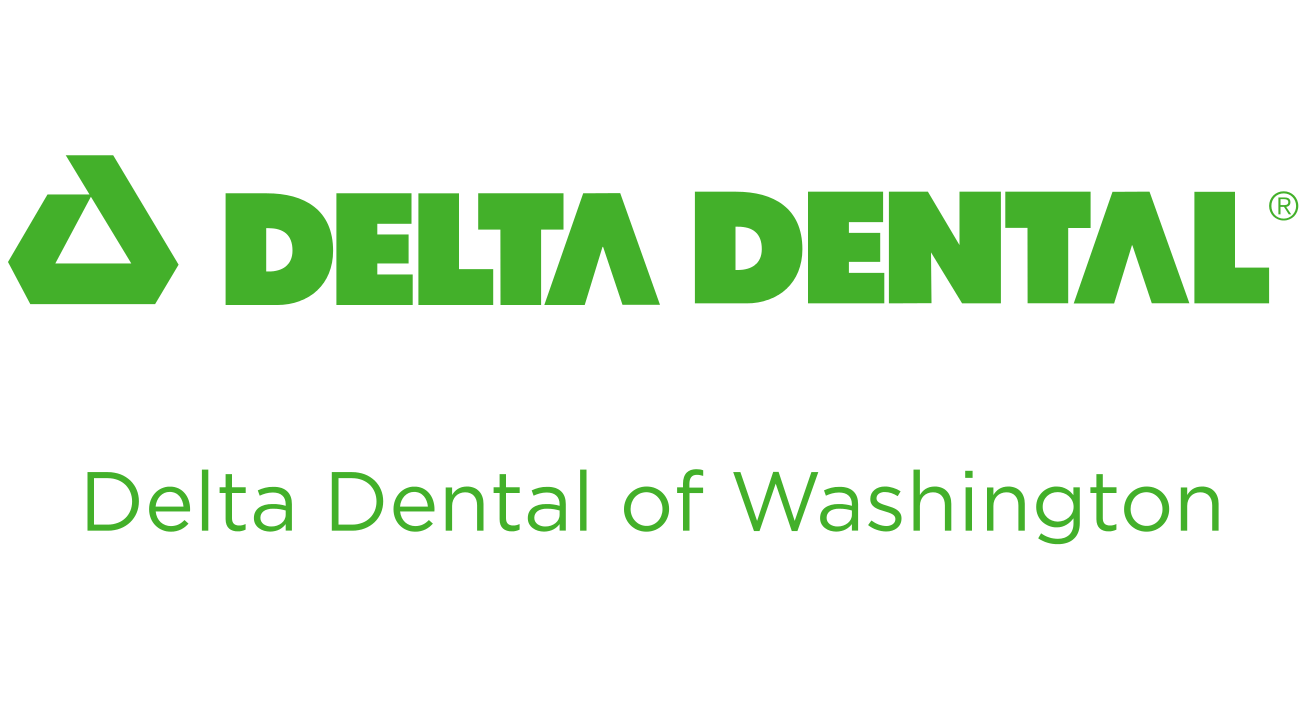If you’ve ever wondered about those tiny white spots on your teeth, you aren’t alone. White spots on your teeth are a form of acute discoloration known as decalcification. It sounds a bit scary, but it’s actually a common cosmetic dental problem that most people will experience at some point in there life. Here, we’ll explain the common causes and treatment for those pesky little white spots on your teeth and how you can prevent them in the future.
What Causes White Spots on Teeth?
White spots on teeth can happen to anyone. In general, these spots are primarily caused by the process of decalcification. Decalcification, also known as demineralization, is a process where important minerals like calcium and phosphorus are removed from the structure of your teeth because of acids formed by bacteria. During this process, bacteria dissolves tooth enamel and leaves you with unwanted, chalky white spots that can appear permanently on your teeth. The most common cause of white spots on your teeth include:
Bacteria Overgrowth
The presence of too much bacteria in your mouth can contribute to the formation of white spots on your teeth. It’s because bacteria’s favorite place to grow is on our teeth. This is mostly due to the fact that our mouths check all the boxes that bacteria need to thrive - specifically a highly acidic environment that becomes even more acidic each time we eat or drink something.To avoid bacteria overgrowth in your mouth, make sure that you’re brushing and flossing every single day. It only takes 12-24 hours for plaque to start building up enough to support bacteria growth, making brushing and flossing even more important if you want to avoid white spots.
Ready to get rid of those white spots on your teeth?
Only your dentist can reccomend the best treatment for getting rid of white spots on your teeth. We offer 5 unique dental plans with different coverage and monthly premiums.
Too Much Fluoride
Exposing your mouth to too much fluoride can cause white spots to develop on your teeth. The technical term for this is fluorosis, and it typically occurs in children during the time when their teeth and tooth enamel are still forming, between the ages of one and eight years old. The end result of fluorosis is enamel hypoplasia, a defect of tooth enamel that only occurs while teeth are still developing. A child affected by enamel hypoplasia may have permanent, discolored teeth with white spots or deep grooves. Common causes of fluorosis include drinking too much fluoridated water, swallowing fluoride toothpaste, and taking certain medications.
Your Diet
Your diet can cause white spots to appear on your teeth. This is especially true if you have a diet low in foods containing calcium. As we learned earlier in this post, calcium is the foundation of teeth. When our teeth are deprived of that calcium, they don’t have the nutrients needed to build strong, healthy tooth enamel. Foods rich in calcium that may help you build tooth enamel include cheese, almonds, and leafy greens. Avoiding super acidic foods can also help reduce the chance you will develop white spots on your teeth, as acid reflux can trigger acid production and breakdown enamel.
Medications
Some medications may cause white spots on your teeth. Specifically, studies show that antibiotics like amoxicillin can impact the way your mouth builds tooth enamel, making it easier for bacteria to eat through tooth enamel. This happens because antibiotics have the potential to interfere with the way your body absorbs nutrients. Children are the most at-risk group when it comes to the impact of medications on tooth enamel.
Smoking While Pregnant
Smoking tobacco during pregnancy can cause white spots to appear on your child’s teeth. This happens because smoking tobacco during pregnancy can accelerate and promote the process of enamel hypoplasia. As discussed above, enamel hypoplasia ultimately thins the protective enamel on children’s teeth, making them vulnerable to infection and discoloration.
High Fevers
High fever can cause white spots on your teeth, although children are the most susceptible. This is because when you have a fever and feel dehydrated, your mouth and teeth usually take a back seat to feeling better. That means during the spell of a fever, acid has an opportunity to take advantage of a dry mouth and cause damage in the form of white spots on teeth. The best way to avoid this is to ensure your kiddo stays hydrated during a fever and to double down on oral care during their battle with whatever may be causing their fever.
Braces
Having braces can cause white spots on your teeth. If you have had braces at any point in your lifetime, you may notice faint white spots or thing white lines around the edges of where the brackets were glued to your teeth. This happens when minerals are stripped from the tooth due to a high amount of acidity present in the mouth. To avoid white spots popping up, it’s crucial to remove all food particles and debris from your braces as often as possible. In general, good oral hygiene can help reduce the chances of you being left with white spots on your teeth once your braces are removed.
How to Get Rid of White Spots on Teeth
Treating white spots on your teeth can only be done with the help of your dentist. Luckily, there is more than one way to get rid of these annoying little spots.
Enamel Microabrasian
An enamel microabrasion treatment can help you get rid of white spots on your teeth. A microabrasion treatment on your teeth is a process that has similar results to teeth whitening, except the treatment is executed mechanically versus chemically. The process typically involves the use of tools including a rubber cup and a rotary mandrel. It sounds scary, but it’s a common process that dentists use to remove these white spots with the least amount of enamel loss.
Teeth Bleaching
Bleaching your teeth, also known as whitening, can help get rid of white spots on your teeth. The teeth whitening process is pretty straightforward. Essentially, your dentist will use one of two bleaches that are safe for your teeth - hydrogen peroxide or carbamide peroxide. The way it works is that these bleaches will break up your white spots into smaller stains, making them less noticeable and your teeth brighter. Teeth whitening is unique because that is more than one way to get it done. For example, you could try over-the-counter teeth whitening strips. You can also try over-the-counter whitening toothpaste and mouthwash. However, the best way to get your teeth bleached and whitened is to talk with your dentist.
Porcelain Veneers
Veneers can help get rid of white spots on your teeth. Dental veneers, also known as porcelain veneers or porcelain laminates, are wafer thin protective coverings for your teeth that can conceal white spots and stains. They work because a dentist will create a customized veneer designed especially for your tooth color and shape. To adhere the veneer, your dentist will bond them using specialized dental tools. In order to get veneers, a person will usually have to go through three different visits to the dentist to first get a consultation, get fitted for dentures, and then another so the veneering process can be applied.


